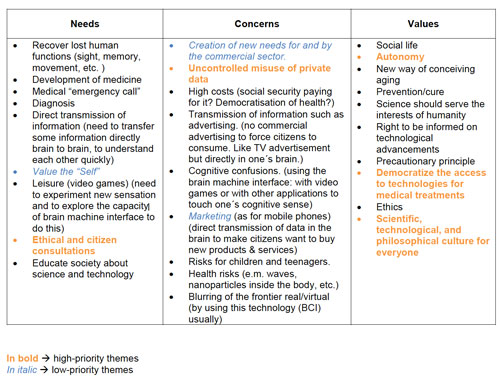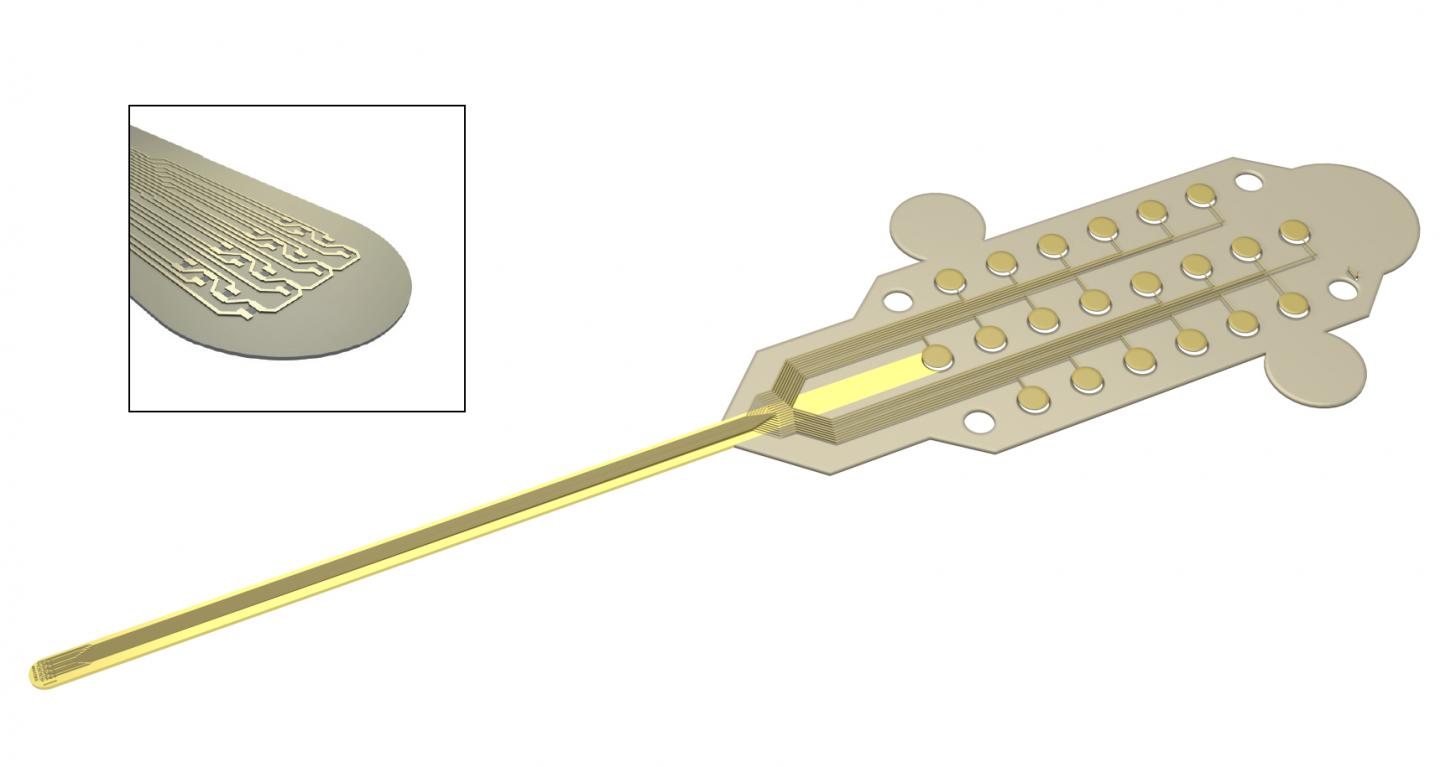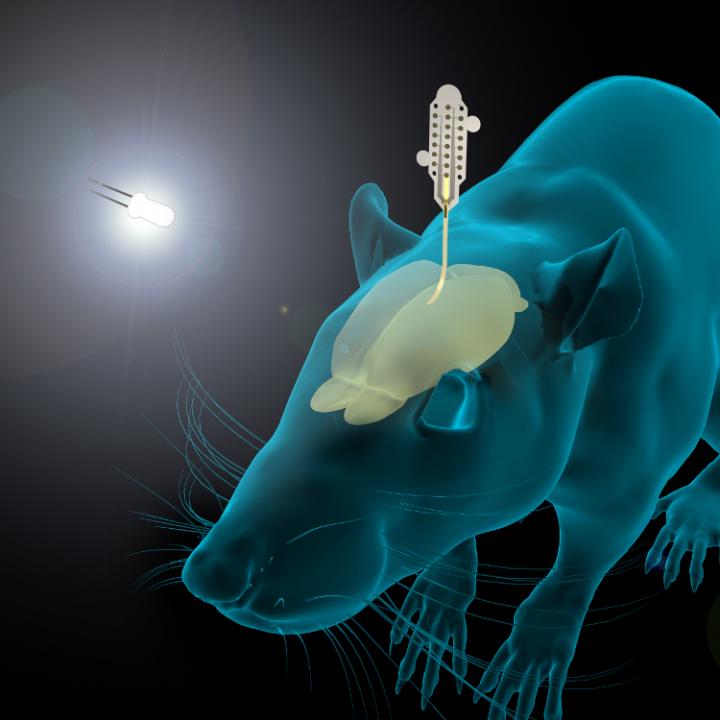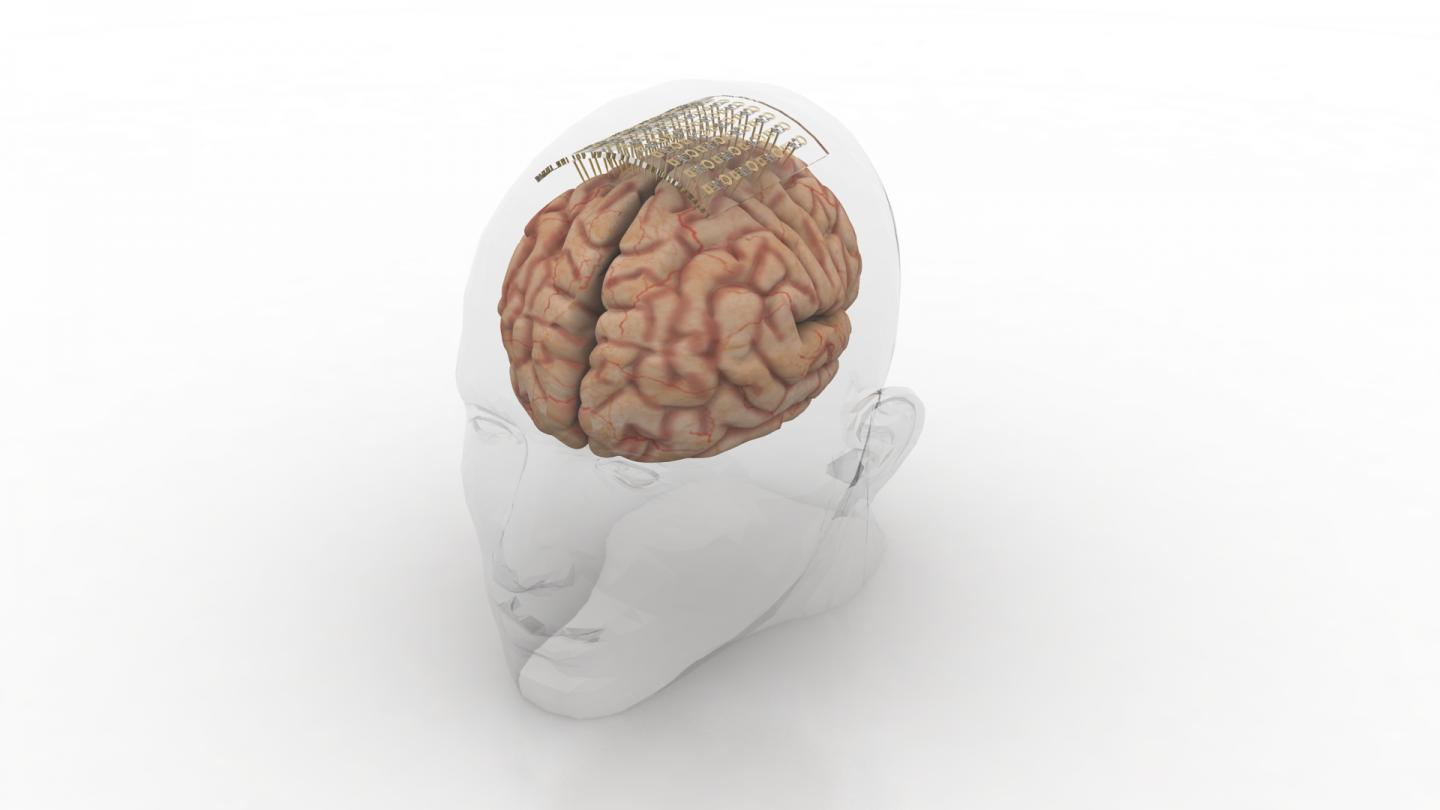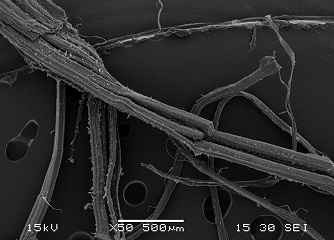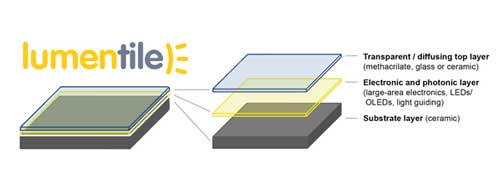China has some exciting news about the world’s first quantum network; it’s due to open in late August 2017 so you may want to have your congratulations in order for later this month.
An Aug. 4, 2017 news item on phys.org makes the announcement,
As malicious hackers find ever more sophisticated ways to launch attacks, China is about to launch the Jinan Project, the world’s first unhackable computer network, and a major milestone in the development of quantum technology.
Named after the eastern Chinese city where the technology was developed, the network is planned to be fully operational by the end of August 2017. Jinan is the hub of the Beijing-Shanghai quantum network due to its strategic location between the two principal Chinese metropolises.
“We plan to use the network for national defence, finance and other fields, and hope to spread it out as a pilot that if successful can be used across China and the whole world,” commented Zhou Fei, assistant director of the Jinan Institute of Quantum Technology, who was speaking to Britain’s Financial Times.
An Aug. 3, 2017 CORDIS (Community Research and Development Research Information Service [for the European Commission]) press release, which originated the news item, provides more detail about the technology,
By launching the network, China will become the first country worldwide to implement quantum technology for a real life, commercial end. It also highlights that China is a key global player in the rush to develop technologies based on quantum principles, with the EU and the United States also vying for world leadership in the field.
The network, known as a Quantum Key Distribution (QKD) network, is more secure than widely used electronic communication equivalents. Unlike a conventional telephone or internet cable, which can be tapped without the sender or recipient being aware, a QKD network alerts both users to any tampering with the system as soon as it occurs. This is because tampering immediately alters the information being relayed, with the disturbance being instantly recognisable. Once fully implemented, it will make it almost impossible for other governments to listen in on Chinese communications.
In the Jinan network, some 200 users from China’s military, government, finance and electricity sectors will be able to send messages safe in the knowledge that only they are reading them. It will be the world’s longest land-based quantum communications network, stretching over 2 000 km.
Also speaking to the ‘Financial Times’, quantum physicist Tim Byrnes, based at New York University’s (NYU) Shanghai campus commented: ‘China has achieved staggering things with quantum research… It’s amazing how quickly China has gotten on with quantum research projects that would be too expensive to do elsewhere… quantum communication has been taken up by the commercial sector much more in China compared to other countries, which means it is likely to pull ahead of Europe and US in the field of quantum communication.’
However, Europe is also determined to also be at the forefront of the ‘quantum revolution’ which promises to be one of the major defining technological phenomena of the twenty-first century. The EU has invested EUR 550 million into quantum technologies and has provided policy support to researchers through the 2016 Quantum Manifesto.
Moreover, with China’s latest achievement (and a previous one already notched up from July 2017 when its quantum satellite – the world’s first – sent a message to Earth on a quantum communication channel), it looks like the race to be crowned the world’s foremost quantum power is well and truly underway…
Prior to this latest announcement, Chinese scientists had published work about quantum satellite communications, a development that makes their imminent terrestrial quantum network possible. Gabriel Popkin wrote about the quantum satellite in a June 15, 2017 article Science magazine,
Quantum entanglement—physics at its strangest—has moved out of this world and into space. In a study that shows China’s growing mastery of both the quantum world and space science, a team of physicists reports that it sent eerily intertwined quantum particles from a satellite to ground stations separated by 1200 kilometers, smashing the previous world record. The result is a stepping stone to ultrasecure communication networks and, eventually, a space-based quantum internet.
“It’s a huge, major achievement,” says Thomas Jennewein, a physicist at the University of Waterloo in Canada. “They started with this bold idea and managed to do it.”
Entanglement involves putting objects in the peculiar limbo of quantum superposition, in which an object’s quantum properties occupy multiple states at once: like Schrödinger’s cat, dead and alive at the same time. Then those quantum states are shared among multiple objects. Physicists have entangled particles such as electrons and photons, as well as larger objects such as superconducting electric circuits.
Theoretically, even if entangled objects are separated, their precarious quantum states should remain linked until one of them is measured or disturbed. That measurement instantly determines the state of the other object, no matter how far away. The idea is so counterintuitive that Albert Einstein mocked it as “spooky action at a distance.”
Starting in the 1970s, however, physicists began testing the effect over increasing distances. In 2015, the most sophisticated of these tests, which involved measuring entangled electrons 1.3 kilometers apart, showed once again that spooky action is real.
Beyond the fundamental result, such experiments also point to the possibility of hack-proof communications. Long strings of entangled photons, shared between distant locations, can be “quantum keys” that secure communications. Anyone trying to eavesdrop on a quantum-encrypted message would disrupt the shared key, alerting everyone to a compromised channel.
But entangled photons degrade rapidly as they pass through the air or optical fibers. So far, the farthest anyone has sent a quantum key is a few hundred kilometers. “Quantum repeaters” that rebroadcast quantum information could extend a network’s reach, but they aren’t yet mature. Many physicists have dreamed instead of using satellites to send quantum information through the near-vacuum of space. “Once you have satellites distributing your quantum signals throughout the globe, you’ve done it,” says Verónica Fernández Mármol, a physicist at the Spanish National Research Council in Madrid. …
Popkin goes on to detail the process for making the discovery in easily accessible (for the most part) writing and in a video and a graphic.
Russell Brandom writing for The Verge in a June 15, 2017 article about the Chinese quantum satellite adds detail about previous work and teams in other countries also working on the challenge (Note: Links have been removed),
Quantum networking has already shown promise in terrestrial fiber networks, where specialized routing equipment can perform the same trick over conventional fiber-optic cable. The first such network was a DARPA-funded connection established in 2003 between Harvard, Boston University, and a private lab. In the years since, a number of companies have tried to build more ambitious connections. The Swiss company ID Quantique has mapped out a quantum network that would connect many of North America’s largest data centers; in China, a separate team is working on a 2,000-kilometer quantum link between Beijing and Shanghai, which would rely on fiber to span an even greater distance than the satellite link. Still, the nature of fiber places strict limits on how far a single photon can travel.
According to ID Quantique, a reliable satellite link could connect the existing fiber networks into a single globe-spanning quantum network. “This proves the feasibility of quantum communications from space,” ID Quantique CEO Gregoire Ribordy tells The Verge. “The vision is that you have regional quantum key distribution networks over fiber, which can connect to each other through the satellite link.”
China isn’t the only country working on bringing quantum networks to space. A collaboration between the UK’s University of Strathclyde and the National University of Singapore is hoping to produce the same entanglement in cheap, readymade satellites called Cubesats. A Canadian team is also developing a method of producing entangled photons on the ground before sending them into space.
I wonder if there’s going to be an invitational event for scientists around the world to celebrate the launch.
